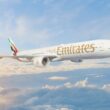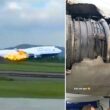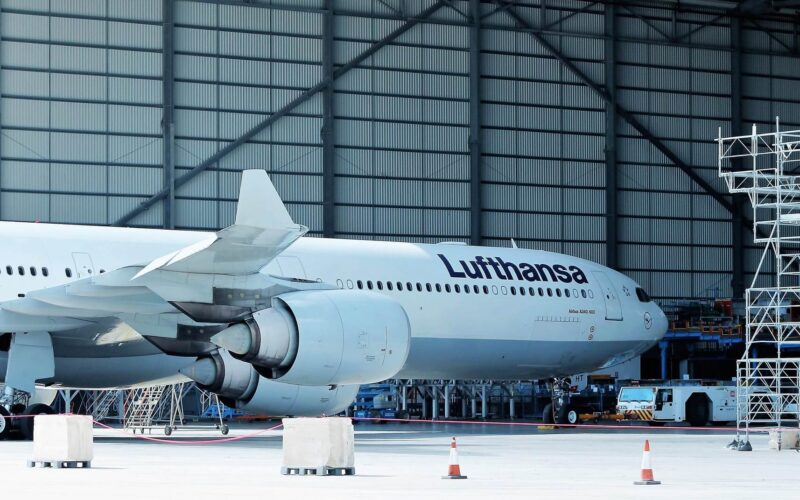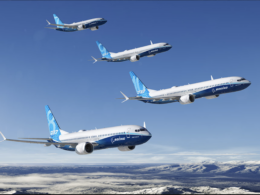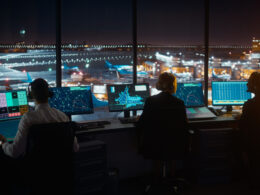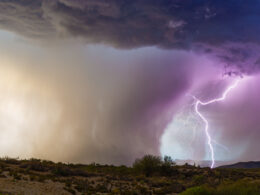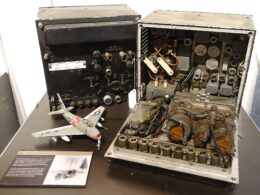Perhaps it’s something that most passengers often thought about but never tried to ask: why are most airplanes painted white?
Of course, each airline has its own unique touches on livery, including fuselage color, and the whole design as well as typographical identifiers, but almost every passenger aircraft has white paint underneath it. Let me present you with some explanations why.
Reason 1: Significant cost savings
The use of other colors, especially black, means additional weight. “Because it contains more “pigments” in it. “Paint adds to an airplane between 273 and 544 kilograms of weight” a Boeing spokesman told Telegraph Travel. Extra weight ensures that more fuel is consumed. To put that into perspective, about eight passengers are equal to 544 kg.
Furthermore, airlines often end up selling their aircrafts to other carriers and they will find it much harder to do so if the color scheme is anything but white.
Reason 2: White easily indicates fuselage cracks and leaks.
For fuselage degradation, such as cracks, dents or oil leakage, the color white is the best option for better spotting. That’s a major benefit, in particular for NDT technicians.
Reason 3: Sunlight reflection
White paint ages better than any another color. Being exposed to sunlight at high altitudes can take its toll on deeper colors, but not on the color white. It doesn’t fade. It also minimizes both the heating and potential damage from solar radiation not only when the airplane in high altitude, but also when it’s parked.
Reason 4: Less bird strikes, less damage, less maintenance costs.
A contact between a bird and an aircraft that is in flight or one that is taking off, landing, or in low-altitude flight is known as a bird strike. Bird strikes are frequent and can be a major threat to aircraft safety.
White fuselages can increase the visibility of aircrafts and theoretically enhance bird identification and avoidance. Darker aircraft color schemes, on the other hand, could likely minimize the contrast between an aircraft and its surroundings. This can decrease a birds’ ability to detect an aircraft in adequate time to avoid collisions.
Historically, some airlines have tried not to use any color at all. For a long time, American Airlines (A1G) (AAL) made their aircrafts simply silver-colored. To conclude, I would like to say that there’s obviously nothing wrong with painting a hue on an aircraft. Keep in mind, that paint can oxidize with time, and because of oxidization, it will likely appear whiter in color anyway.


